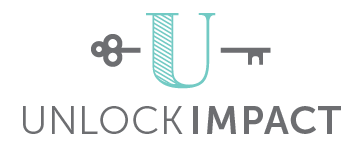Designing for Accessibility: A Remote Approach to Creating Impactful Conference Collaterals
The Challenge
Designing for an in-person conference remotely presents a unique set of challenges, particularly when it involves creating a cohesive visual identity across a variety of physical and digital materials. For the “Empowering Deaf People: Achieving Accessibility in the Workplace” conference hosted by SignAble Communications, the task was to design materials such as posters, standees, registration desk graphics, and stage backdrops—all without the opportunity to inspect the printed items on-site. The designs needed to ensure accessibility while also capturing the essence of the event.
The Objective
The primary objective was to create designs that were not only visually appealing but also accessible to all attendees, particularly the deaf community. Integrating QR codes linking to ISL (Indian Sign Language) videos into the designs was a key element to make the content accessible to everyone. The materials had to reflect the conference’s theme while also considering the practicality of being printed on large-scale formats and displayed in different areas of the venue. The goal was to deliver impactful designs, despite working remotely, and to ensure a seamless event experience.
The Solution
Collaboration with SignAble Communications: The team worked closely with SignAble to align on the visual identity and ensure all designs reflected the event’s theme and goals. The collaboration was streamlined through efficient communication and timely feedback.
Multiple Templates for Different Conference Sections: The designs were tailored for various parts of the conference, including keynote speeches, panel discussions, and networking zones. Each template was unique to its section but maintained a consistent visual identity across all materials.
Accessibility Focus: QR codes linking to ISL (Indian Sign Language) videos were integrated into most designs, ensuring that deaf attendees could access the same content in an accessible format, fostering inclusivity.
Remote Project Management: Despite being based remotely, the team managed the entire design process, from conceptualisation to final execution, ensuring that all materials were ready on time. The use of digital tools for collaboration and approvals made the remote process seamless.
Social Media Campaign: The team supported the event with a comprehensive social media campaign, designed to build excitement and engagement before, during, and after the conference, enhancing the overall reach and impact of the event.
The Impact
The conference was a success, with the designs playing a crucial role in creating an inclusive and professional atmosphere. The integration of QR codes for ISL videos enabled deaf attendees to fully engage with the content, reinforcing the event’s focus on accessibility. Remote collaboration proved to be highly effective, enabling the team to deliver high-quality designs while working from different locations.
One of the key takeaways from the project was the importance of thorough planning. The team developed a structured content calendar, broken down into stages—pre-event, live-event, and post-event—which allowed for smooth execution. Another important lesson was the value of proofreading and peer reviews, especially when working on large-scale designs, as even small details can have a significant impact on the final output.
Looking ahead, the team plans to refine their process further by finalising all collateral well in advance of the event. This proactive approach will help streamline workflows, reduce last-minute changes, and allow clients more time to make adjustments as needed.


